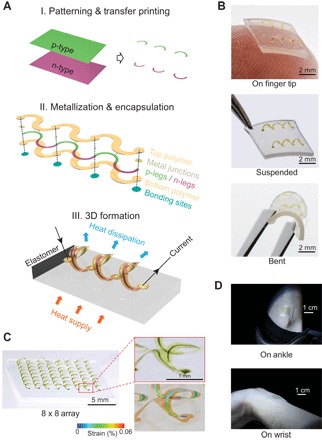Fig 1. 3D thermoelectric coils as active components of flexible and deformable systems for harvesting electrical power.

(A) Schematic illustration of the process for fabrication and 3D assembly. Thin-film p- and n-type materials patterned into 2D serpentine shapes and transferred onto a layer of polyimide (PI) define the active materials. Metal junctions and a top coating of PI patterned by photolithography and etching complete the formation of 2D precursor structures. Chemically bonding such systems to a 60% uniaxially prestretched silicone substrate at selective locations (hot-side junctions), followed by release of the prestretch, initiates a process of geometrical transformation that yields the final 3D architectures. See Materials and Methods and the supplementary materials for details. (B) Optical images of the resulting 3D thermoelectric coils. The geometry of the structure and the elastomer substrate combine to provide mechanical robustness against handling and mechanical deformation. (C) Image of an array with 8 × 8 coils. The magnified view shows that the 3D structure has a geometry consistent with that predicted by FEA. The colored profile represents strain in the silicon leg. The design of the 2D precursor can be found in fig. S2. (D) The 8 × 8 array attached to the skin. Photo credit: Xiwei Shan, UIUC Lab.
